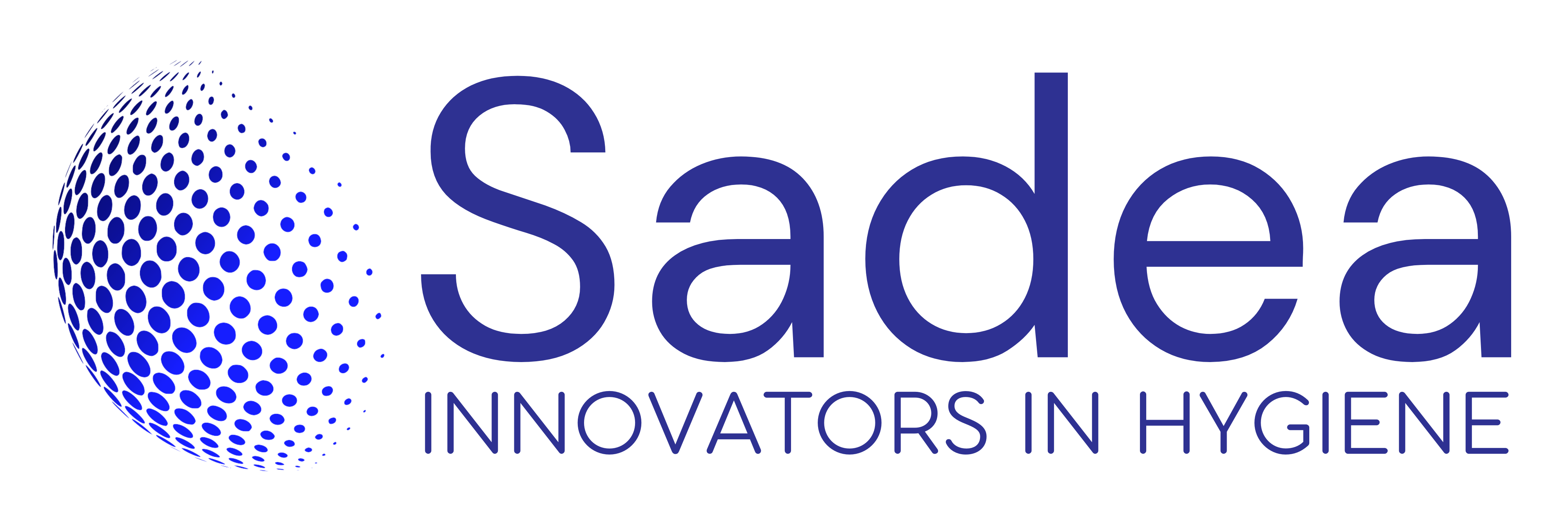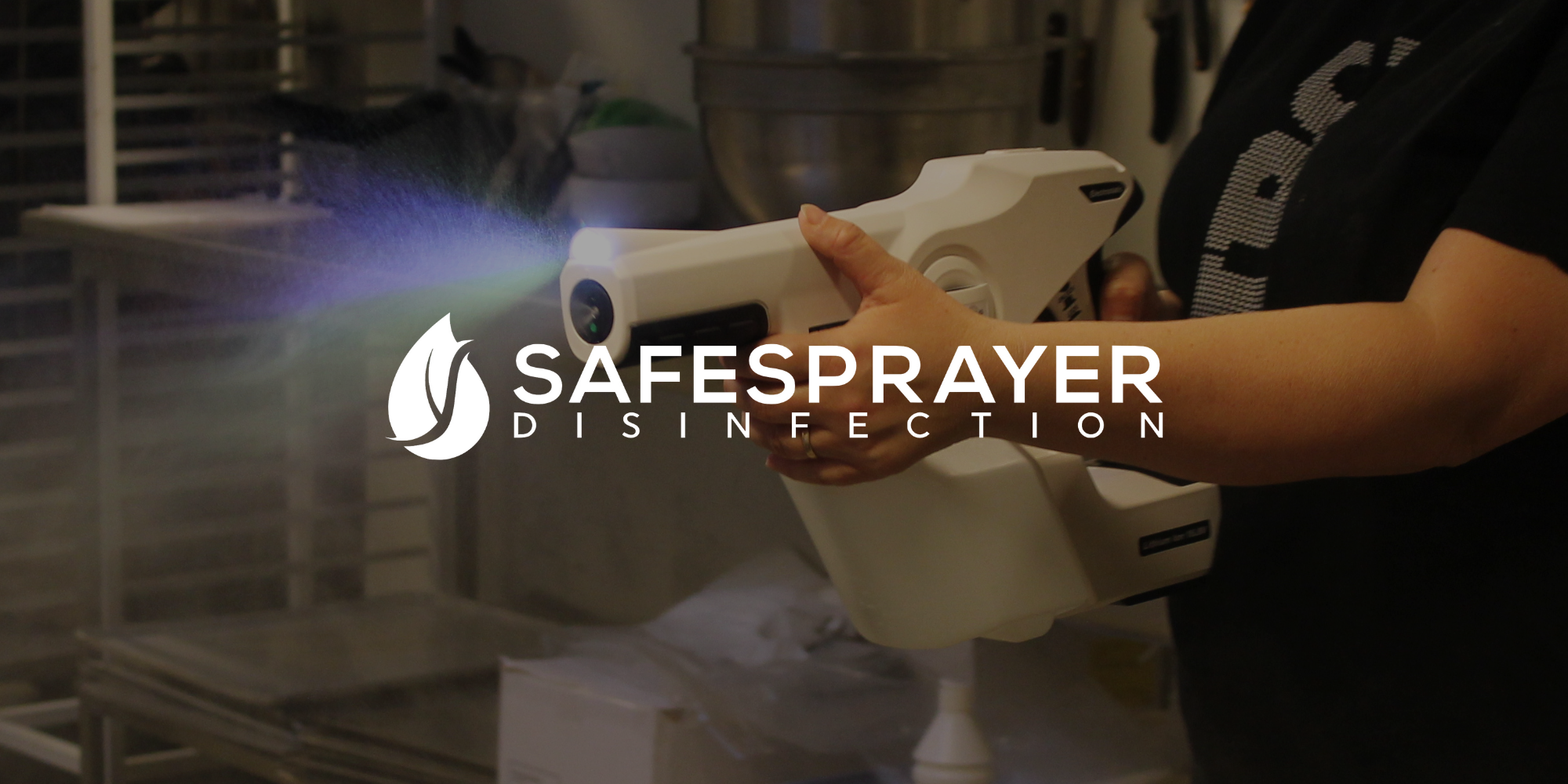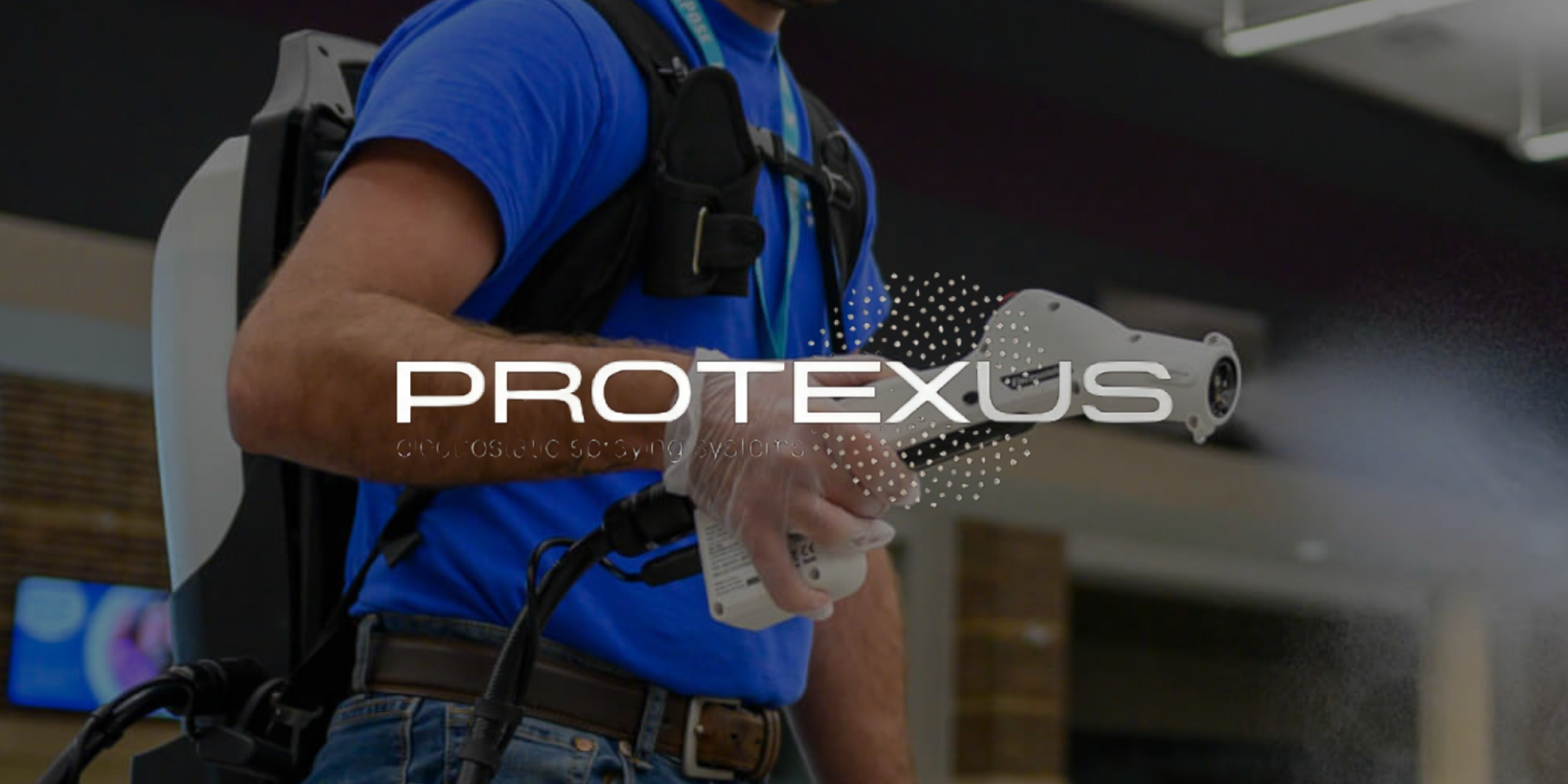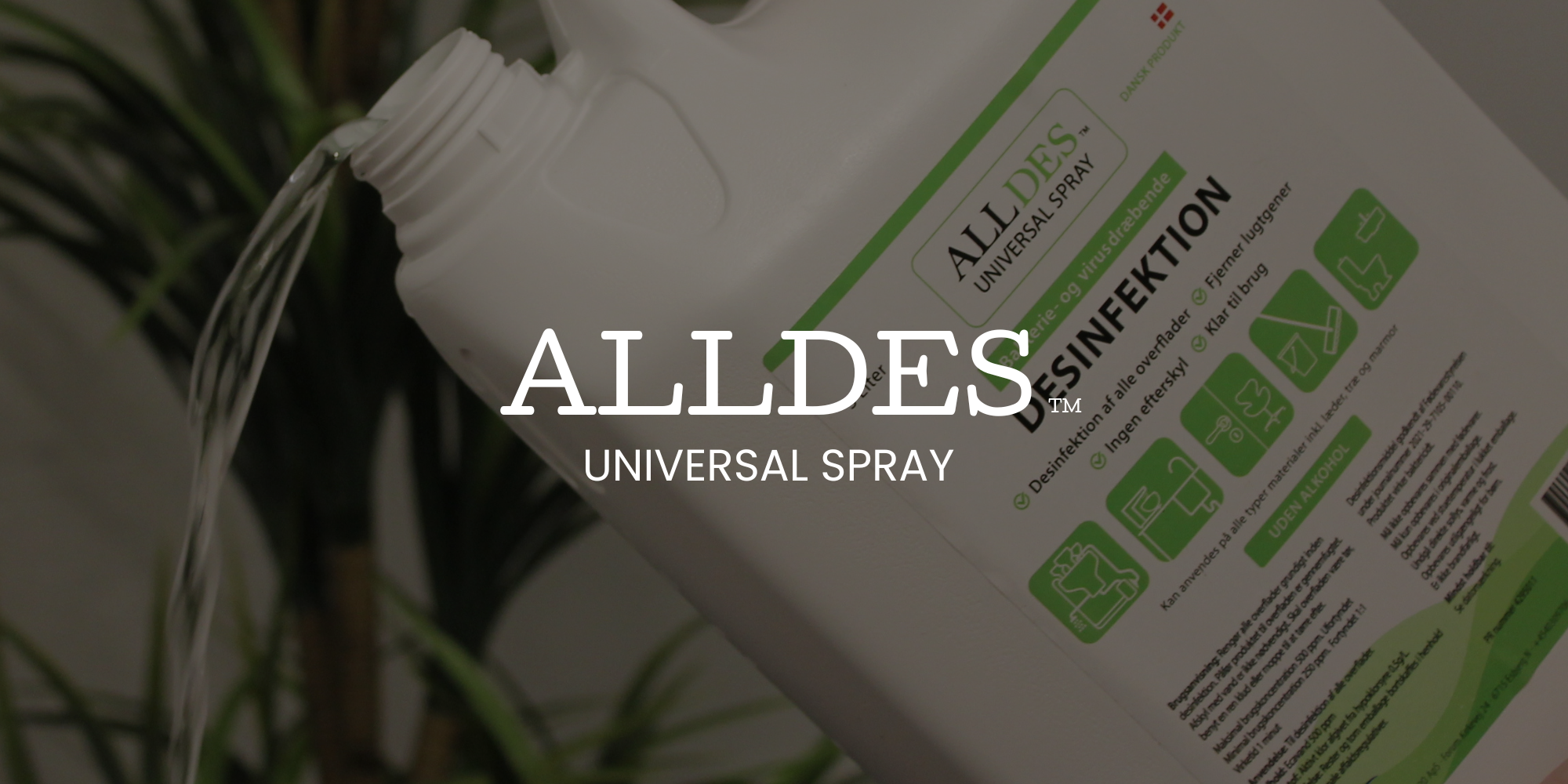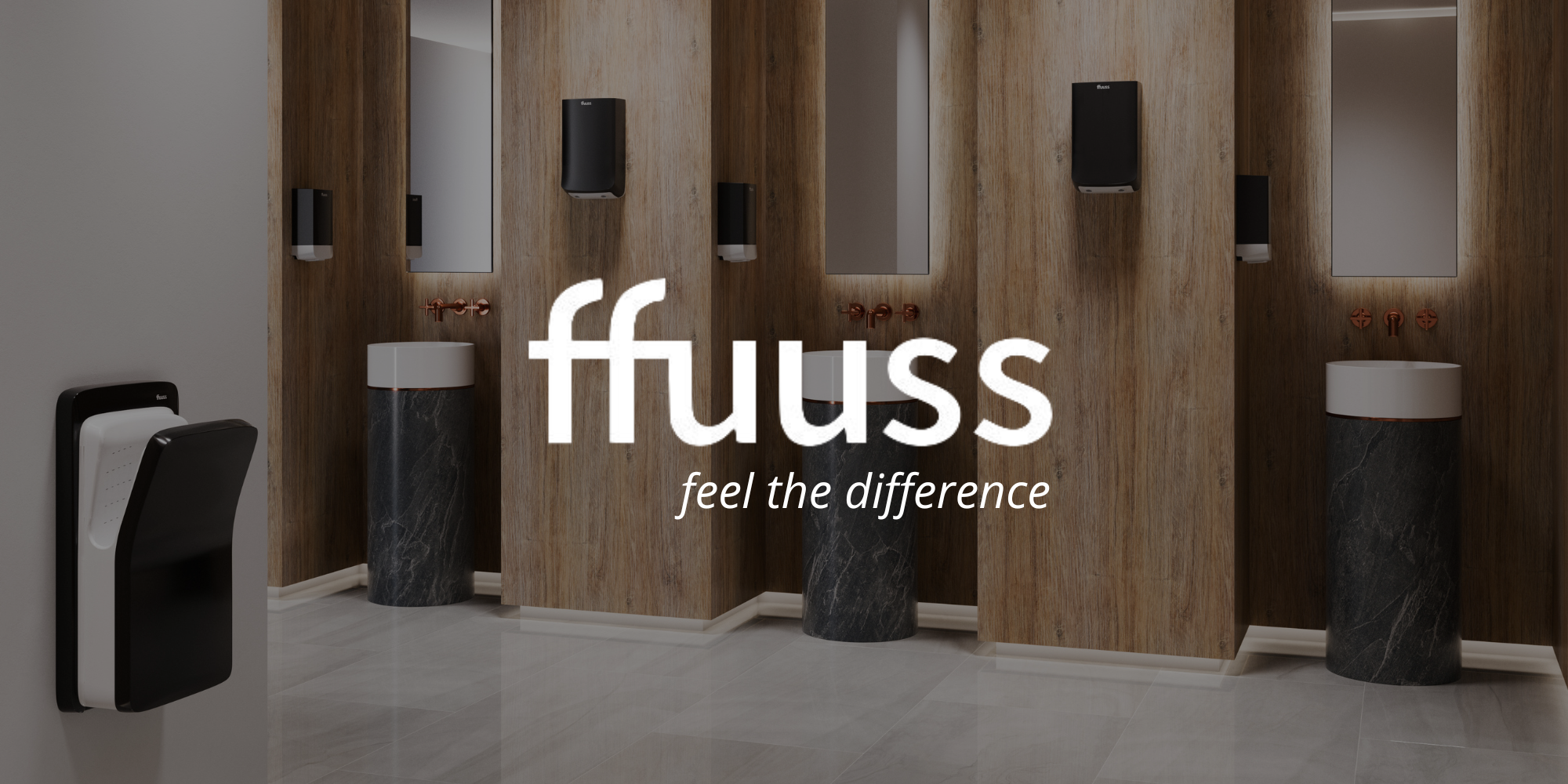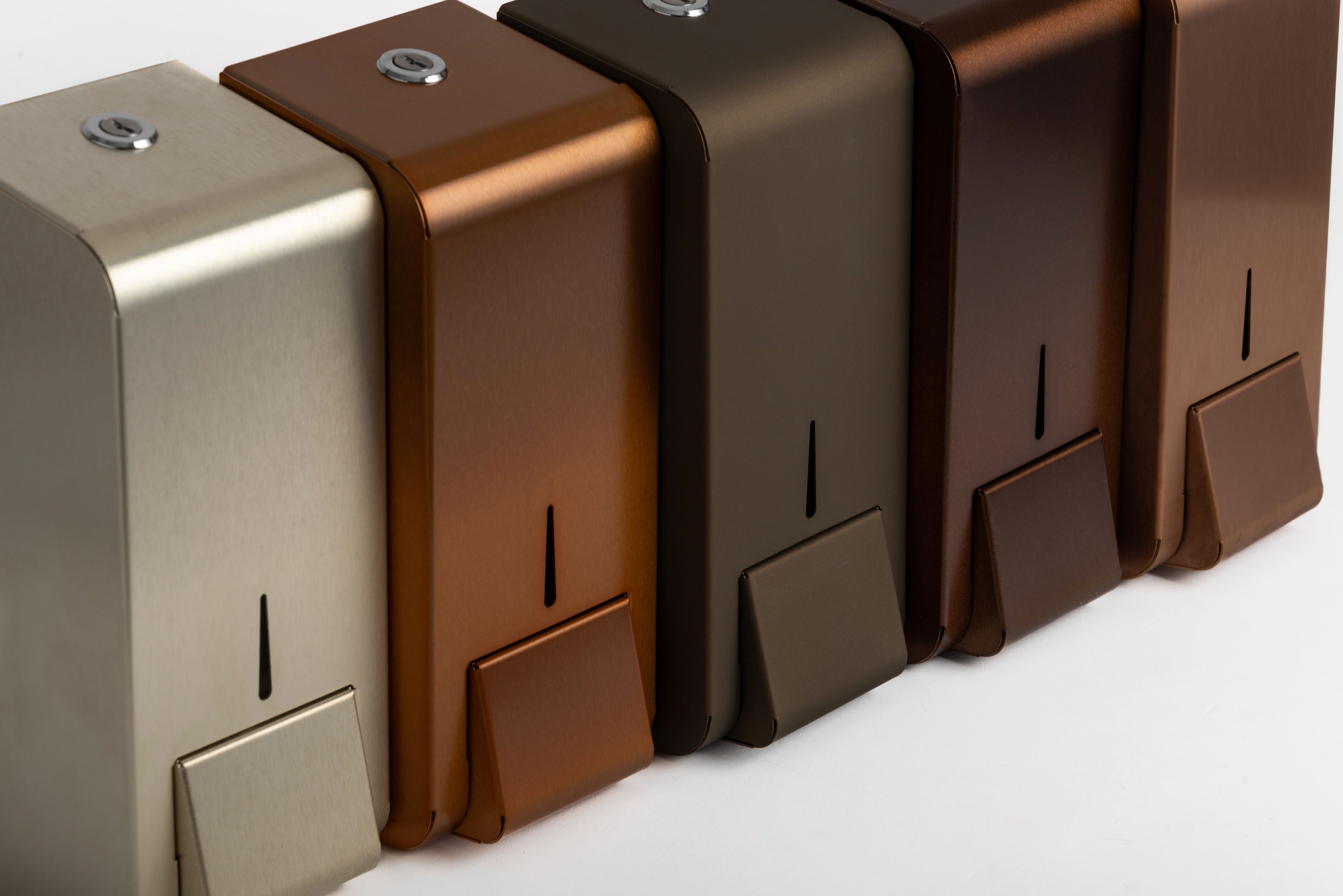Disinfection plays a crucial role in the food industry to ensure food safety and prevent the spread of disease-causing bacteria and viruses. One of the newer methods of disinfection that is gaining ground is the use of electrolysis-chlorinated water (ECA water). This article will explore the different aspects of ECA water and why it is ideal to use for disinfection in the food industry.
What is ECA water?
ECA water is obtained by electrolysis of a salt water solution, which produces hypochlorous acid and sodium hypochlorite. These substances are effective disinfectants and can replace traditional chemical disinfectants in the food industry. The advantage of ECA water is that it can be produced locally on site, eliminating the need to import or store large quantities of chemicals.
Benefits of ECA water
Effective disinfection
ECA water has been shown to be effective against a wide range of bacteria, viruses and fungi, including pathogens such as Salmonella, E. coli and Listeria.
No resistance development
ECA water has been shown to have a minimal risk of developing resistance compared to traditional disinfectants.
No dangerous chemicals
ECA water leaves no harmful by-products on food surfaces or in the environment. It is gentle and reduces exposure to hazardous chemicals.
Effectiveness of ECA water
ECA water has been shown to be just as effective as traditional disinfectants when it comes to reducing the number of bacteria and viruses on surfaces. Several studies have demonstrated that ECA water can achieve a high degree of inactivation of pathogens, making it a reliable choice for the food industry.
Use of ECA water
ECA water can be used to disinfect a wide range of surfaces and equipment in the food industry, including production lines, work tables, cutting boards, packaging, cold rooms and much more.
Safe for people, animals, and the environment
ECA water contains no dangerous chemicals, and is therefore safe for people, animals and the environment. ECA water is not dangerous to consume and incredibly gentle on the skin. ECA water has no danger marks, and therefore no protective equipment is required when using it, unlike almost all other agents on the market.
The active substance in ECA water: Hypochlorous acid
The active substance in ECA water is hypochlorous acid (HOCl), which is a weak acid that is formed naturally in the human and animal immune system by our neutrophils to fight bacteria and inflammation after an infection. Neutrophils are white blood cells that are the first on the scene when an invading pathogen is detected. The neutrophils will track down and release their most oxidizing substance, hypochlorous acid. This kills the pathogen by destroying the cell membrane.
FAQ - Frequently Asked Questions
What is ECA water and how is it produced? ECA water is obtained by electrolysis of a salt water solution that produces hypochlorous acid and sodium hypochlorite.
Can ECA water be used for disinfection of all types of food surfaces? Yes, ECA water can be used for disinfection of various food surfaces, including steel, plastic, glass and ceramics.
How does ECA water affect the taste of food? ECA water does not affect the taste of food, as it does not leave any harmful residues or odors.
Is ECA water approved by the food safety authorities? Yes, ECA water has been approved by several food safety authorities worldwide as a safe and effective disinfectant.
Can ECA water replace traditional chemical disinfectants? Yes, ECA water can replace traditional disinfectants and help reduce exposure to dangerous chemicals.
